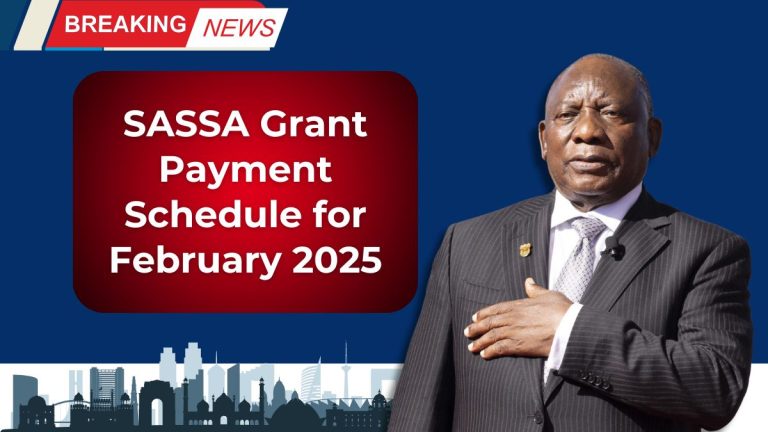The Earned Income Tax Credit (EITC) is a crucial financial relief program in the U.S., designed to support low to moderate-income working individuals and families.
As tax season approaches, eligible taxpayers eagerly await their EITC refunds, with many opting for direct deposit for faster access.
Here’s everything you need to know about the EITC Direct Deposit Dates 2025, including eligibility, payment amounts, and timelines.
What Is the EITC and How Does It Work?
The Earned Income Tax Credit is a refundable tax credit aimed at reducing the tax burden and providing financial relief to eligible taxpayers.
The credit amount varies based on income, filing status, and the number of qualifying dependents. If the credit exceeds the taxes owed, the taxpayer receives the remaining amount as a refund.
Key Dates for EITC Refunds in 2025
The Internal Revenue Service (IRS) has strict timelines for processing EITC refunds to ensure accuracy and prevent fraud.
| Key Milestones | Dates |
|---|---|
| Tax Season Begins | January 21, 2025 |
| Earliest EITC Refund Filing | January 21, 2025 |
| Refund Release Begins | After February 15, 2025 |
| Expected Refund Deposits | Around February 27, 2025 |
Why the Delay in EITC Refunds?
Under the PATH Act (Protecting Americans from Tax Hikes Act), the IRS cannot issue refunds for returns claiming the Earned Income Tax Credit or Additional Child Tax Credit (ACTC) before February 15. This delay allows the IRS to verify income and prevent fraudulent claims.
Taxpayers who file early may see their refund status updated as “accepted” or “being processed” but must wait until February 15 for the IRS to initiate payments.
Eligibility for the EITC in 2025
To qualify for the Earned Income Tax Credit in 2025, taxpayers must meet the following criteria:
- Income Limits:
- Income thresholds vary by filing status and number of dependents.
- For example, the income limit for a single filer with one child is approximately $46,000, while for joint filers with three or more children, it’s about $63,000.
- Qualifying Dependents:
- Dependents must meet specific age, residency, and relationship requirements.
- Filing Status:
- Eligible statuses include single, head of household, qualifying widow(er), and married filing jointly. Married filing separately is generally ineligible.
- Earned Income:
- Taxpayers must have earned income from employment, self-employment, or other sources.
Steps to Check EITC Refund Status
Taxpayers can track their Earned Income Tax Credit refund status using the following tools:
- Where’s My Refund Tool: Available on the IRS website.
- IRS2Go Mobile App: Accessible for both Android and iOS users.
To check your status:
- Enter your Social Security Number (SSN).
- Provide your filing status (single, married, etc.).
- Input your expected refund amount.
Common Causes of Refund Delays
While most taxpayers receive their refunds by the expected dates, delays can occur due to:
- Errors or mismatches in tax return information.
- Filing incomplete or inaccurate returns.
- IRS backlog or verification processes.
How to Avoid Delays in Your EITC Refund
- File your tax return electronically for faster processing.
- Double-check all information, including dependents and income figures.
- Opt for direct deposit to avoid postal delays.
The Earned Income Tax Credit Direct Deposit Dates 2025 bring much-needed financial relief to eligible taxpayers, helping cover essential expenses.
While delays due to the PATH Act might extend the wait until late February, the program ensures the accuracy and integrity of tax refunds.
By filing early, ensuring accuracy, and staying informed, taxpayers can access their refunds without complications.
When will I receive my EITC refund in 2025?
Refunds for EITC claims will begin processing after February 15, 2025, with most direct deposits expected around February 27, 2025.
Can I check the status of my EITC refund?
Yes, use the “Where’s My Refund” tool on the IRS website or the IRS2Go app. Ensure you have your SSN, filing status, and refund amount ready.
What should I do if my refund is delayed?
If your refund status hasn’t updated within three weeks of filing, contact the IRS. Ensure there are no errors in your tax return that could cause delays.







